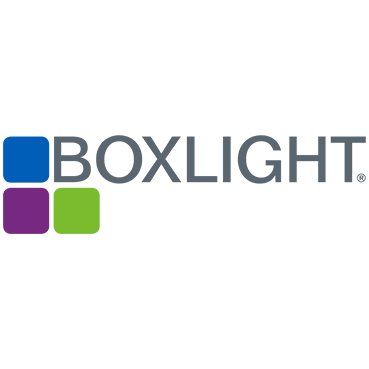Boxlight and Globisens release new version of GlobiLab analytical software for the Labdisc

Boxlight Corporation, and K-12 science technology provider Globisens have released a new version of the GlobiLab analytical software for the Labdisc portable STEM lab. GlobiLab version 3.0 offers greater ease of use for operating and interpreting data from the Labdisc, a best-in-class wireless, compact data logger for every science discipline.
The Labdisc is an all-in-one, complete lab in the palm of your hand and is the ONLY solution for K-12 science with up to 14 wireless sensors built into a single compact device – revolutionising science in terms of convenience, cost and portability: saving up to 90 minutes on lab setup time. The Labdisc’s large number of high quality sensors opens the door for inquiry-based learning vital in STEM education in variety of science fields, including: biology, chemistry, physics, environmental science and geography
 The newest version of GlobiLab is based on the latest Qt5 core engine, which better accommodates the most recent user interface changes in screens and tablets. It also includes improved support for JavaScript and QML. In addition, GlobiLab 3.0 offers full 4K screen resolution support, a new MSI installer that enables silent and simultaneous installation on a large number of computers, and creates a new and modern look for all icons and graphs.
The newest version of GlobiLab is based on the latest Qt5 core engine, which better accommodates the most recent user interface changes in screens and tablets. It also includes improved support for JavaScript and QML. In addition, GlobiLab 3.0 offers full 4K screen resolution support, a new MSI installer that enables silent and simultaneous installation on a large number of computers, and creates a new and modern look for all icons and graphs.
GlobiLab software communicates wirelessly with the Labdisc multi-sensor compact devices, allowing for full setup and control of the devices. Graphical and meter displays present data in real time, enabling students to quickly measure their world and analyse data samples.
The software’s sophisticated data analysis functions help students develop skilled scientific responses by enabling users to perform derivative and regression functions as well as view comprehensive statistics. GlobiLab also merges the latest sensor, Internet and satellite technologies so that students can plot measurement data over a Google map, allowing them to map local pollution or weather conditions and compare their data with other schools – opening the door for meaningful collaboration between learners all over the world.
Comment on this article below or via Twitter @IoTGN
